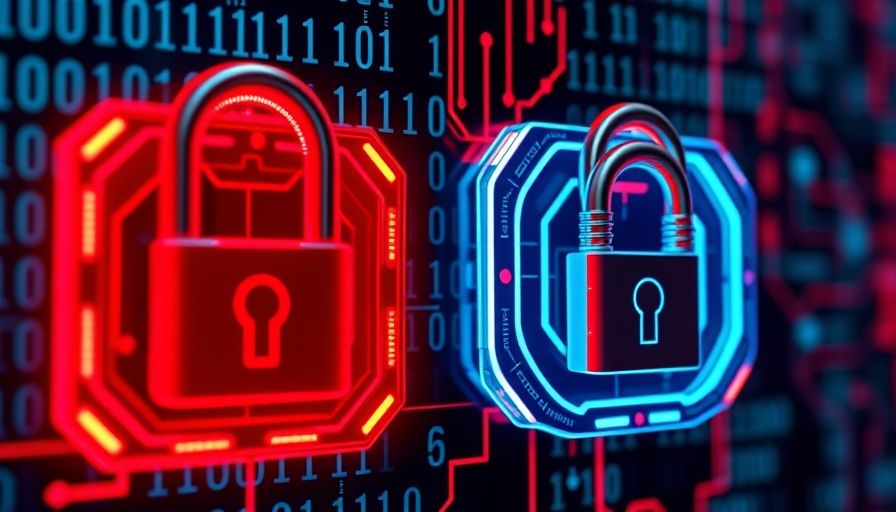
Why Parental Involvement is Non-Negotiable
In an era where children are more connected than ever through digital platforms, the importance of parental involvement in online safety cannot be overstated. A recent session hosted by Open Doors for Lanark Children and Youth emphasized that maintaining open lines of communication between parents and children is vital. Kaili Warmington, a child and youth counselor, stressed that sometimes, ensuring a child's safety means making difficult choices that may not lead to immediate happiness. As a parent, being involved in your child's online interactions is crucial for their mental and emotional well-being.
The Risks of Online Gaming and Social Platforms
Take the chilling example of an 11-year-old, whose innocent gaming experience quickly turned menacing when approached by multiple users on Roblox. This underscores the fact that online gaming, while entertaining, can expose children to harmful interactions. Parents must be proactive, monitoring not just the games their children play, but also the communications occurring within those games. This vigilance can help to mitigate risks associated with online predators and cyberbullying.
Navigating Social Media: Tools and Techniques
Apps like Snapchat and Instagram, while popular among teens, pose significant threats that parents need to navigate carefully. Understanding parental controls and utilizing them is essential to create safe digital environments for children. Setting up privacy settings, discussing friend requests, and teaching children about the dangers of sharing personal information can foster a culture of safety. Parents should also consider device-free times as an opportunity to connect with their children, reinforcing trust and communication.
Addressing Historically Common Misconceptions
One common misconception is that young children are less at risk online than teens. However, this is misleading. Research indicates that children, regardless of their age, can fall prey to online exploitation. Discussions should not be limited to teenagers; instead, they should start as soon as children begin using any digital platform. Parents must educate themselves on the platforms their children use, understanding features, and potential risks to guide discussions meaningfully.
The Importance of Emotional Support in Online Safety
Another crucial aspect of parental involvement is providing emotional support. Kids often experience anxiety or uncertainty when faced with predatory behavior or cyberbullying. Parents should create an environment where their children feel comfortable sharing their online experiences. This approach not only aids children in dealing with harassment effectively but also strengthens family bonds, leading to healthier interactions both online and offline.
Opportunities for Community Engagement
Beyond individual action, there are opportunities for community engagement in promoting online safety. Schools and local organizations can provide workshops for parents and children that raise awareness around digital citizenship and safety strategies. By fostering a culture of shared responsibility, communities can bolster the protective framework around children, allowing them to enjoy the internet’s benefits without undue risk.
Conclusion: The Path Together
In conclusion, while navigating the digital landscape can be challenging, the benefits of parental involvement cannot be overlooked. Just as Samantha fought for her daughter's safety, parents everywhere must make decisions that prioritize their children’s well-being, even if it means facing resistance. By engaging with their children about online activities, employing protective measures, and building a support system, parents can proactively safeguard their children in an increasingly complex digital world.
As a parent, make it a priority to stay involved. Schedule regular discussions about your child’s online activities and foster a sense of openness that encourages them to seek help whenever necessary. Don’t shy away from the hard conversations; they could be the difference in ensuring your child's safety online.
 Add Row
Add Row  Add
Add 




 Add Row
Add Row  Add
Add 

Write A Comment